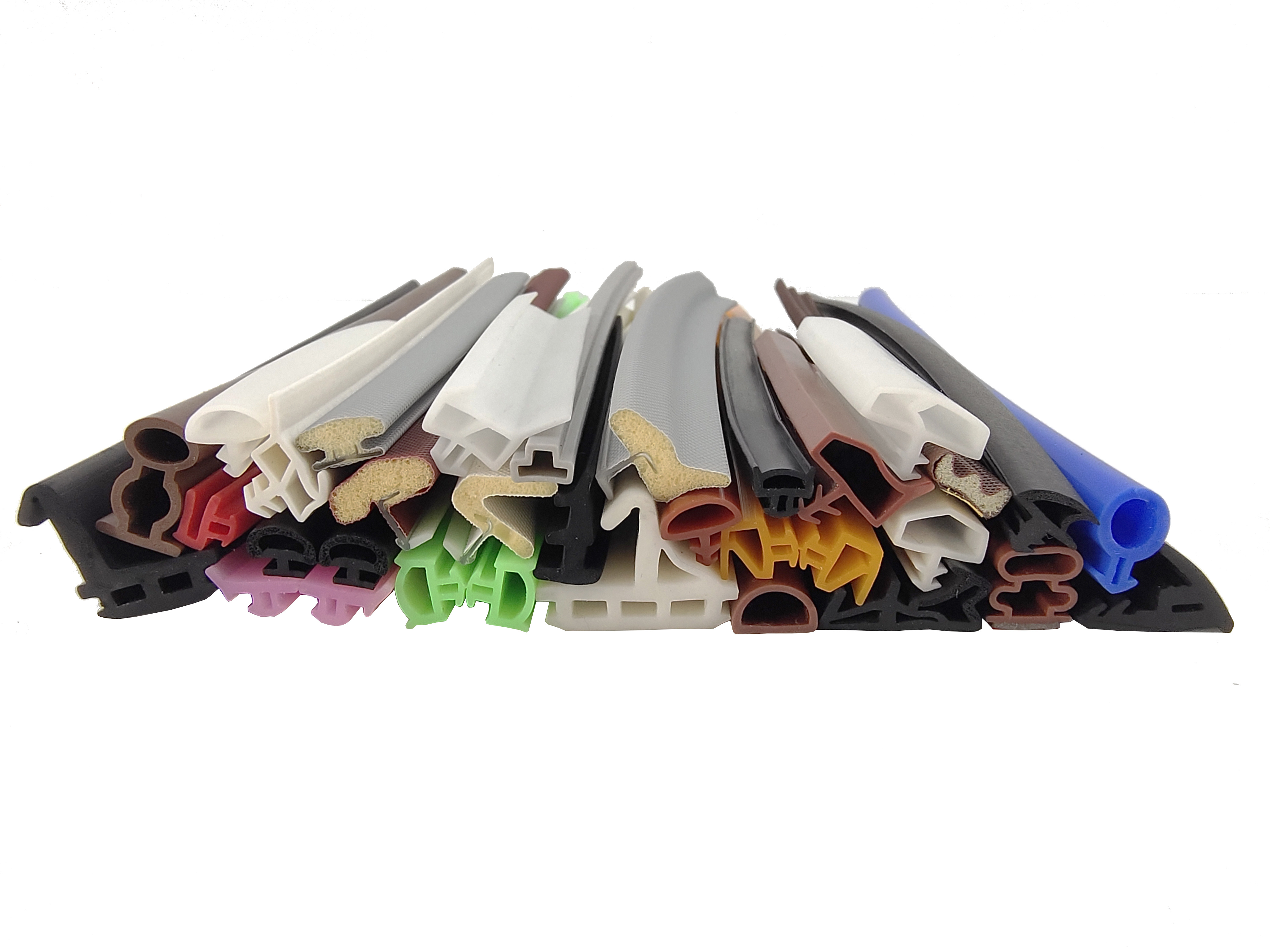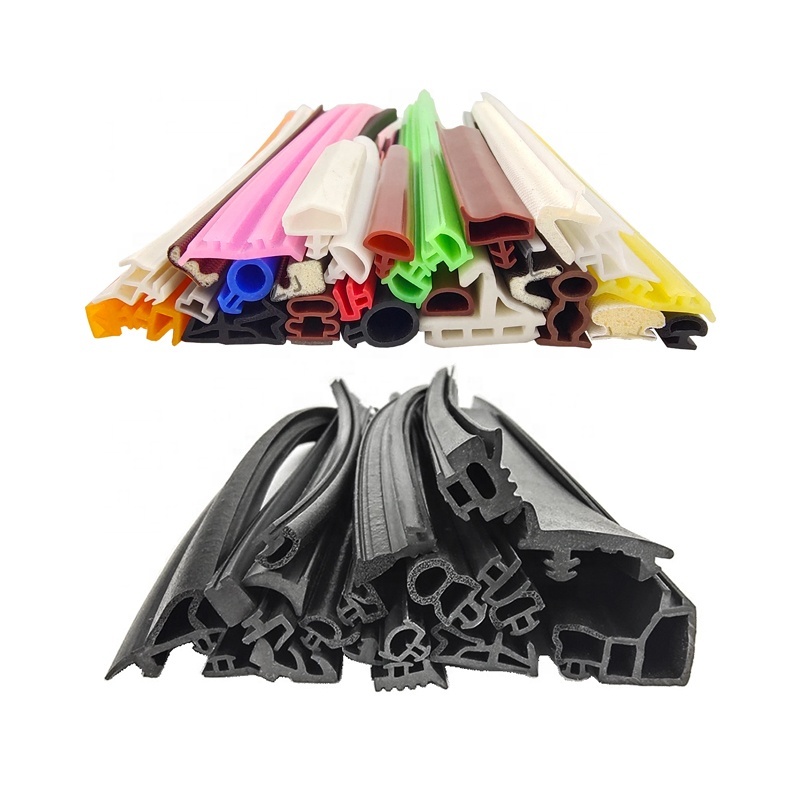Key Requirements for Sealing Strips in the Doors and Windows Industry
2025-09-29

**Key Requirements for Sealing Strips in the Doors and Windows Industry**
The performance of doors and windows is critically dependent on a component that is often overlooked: the sealing strip. Acting as the first line of defense against the elements, the quality and properties of the sealing strip directly impact a building's energy efficiency, acoustic comfort, and overall occupant experience. The industry demands a high level of performance, which can be categorized into several key areas.
**1. Core Performance Requirements**
These are the fundamental functional demands placed on any high-quality sealing strip.
* **Superior Sealing Performance:** This is the primary function.
* **Airtightness:** Prevents the uncontrolled exchange of indoor and outdoor air, minimizing heat loss in winter and heat gain in summer. This is essential for achieving energy efficiency standards and reducing HVAC costs.
* **Water Tightness:** Effectively blocks wind-driven rain and moisture from penetrating into the interior, protecting the building envelope and interior finishes.
* **Sound Insulation:** By filling gaps, the sealing strip absorbs and blocks sound transmission, significantly contributing to a quieter and more peaceful indoor environment.
* **Excellent Weather and Aging Resistance:** Sealing strips must endure harsh environmental conditions over their entire lifespan.
* **Temperature Tolerance:** They must remain flexible and functional in extreme cold (e.g., -40°C / -40°F) without becoming brittle or cracking, and in high heat (e.g., +70°C / +158°F) without softening, deforming, or becoming sticky.
* **UV Resistance:** Long-term exposure to sunlight must not cause the material to powder, crack, or lose its elasticity.
* **Long Service Life:** The sealing strip should match the expected service life of the door or window , with minimal degradation in elasticity after repeated compression and release cycles.
* **Outstanding Elasticity and Low Compression Set:**
* **High Elasticity:** Allows the strip to conform tightly to the frame and glass, accommodating minor shifts and tolerances during installation, operation, and thermal expansion/contraction.
* **Low Compression Set:** This is a critical metric for durability. It measures the permanent deformation of the seal after it has been compressed for an extended period. A low value indicates that the seal will spring back effectively over time, maintaining a tight seal and ensuring a long service life.
* **Environmental and Health Safety:**
* **Non-Toxic:** The material must be free from harmful substances like heavy metals, Polycyclic Aromatic Hydrocarbons (PAHs), and phthalate plasticizers.
* **Low VOC and Odor:** Especially important for indoor applications, the seal should not emit strong or unpleasant odors.
**2. Material and Manufacturing Requirements**
To meet the performance criteria, specific materials and advanced processes are required.
* **Material Selection:**
* **EPDM (Ethylene Propylene Diene Monomer):** The industry benchmark for high-performance applications. EPDM is renowned for its exceptional weather resistance, temperature tolerance, and long service life, often referred to as the "king of sealing strips."
* **TPE/TPV (Thermoplastic Elastomer/Vulcanizate):** These materials offer excellent eco-friendly properties (recyclable, non-toxic), good performance similar to EPDM, and a smoother surface feel. They are commonly used in mid-to-high-end products.
* **Silicone Rubber:** Offers an extremely wide operating temperature range and is non-toxic and odorless. Its higher cost typically limits its use to specialized applications (e.g., extreme temperatures, medical facilities).
* **PVC (Polyvinyl Chloride):** A low-cost option, but it has poor weather resistance, tends to harden and shrink over time, and contains plasticizers that can pose environmental concerns. Its use is declining in favor of superior materials.
* **Advanced Manufacturing and Design:**
* **Foaming Technology:** Many seals feature a dense skin with a foamed sponge core (e.g., sponge EPDM). This design combines a soft compression feel with high resilience for superior sealing.
* **Surface Coating:** Applying a special coating, such as Polyurethane (PU) or silicone, drastically reduces the friction coefficient. This makes door and window operation smoother, quieter, and enhances abrasion resistance.
* **Profile Design:** The shape must be engineered to fit the specific groove of the window or door profile perfectly. Common types include:
* **I-Strip:** For glazing and static seals.
* **D-Shape, P-Shape:** Hollow bulb designs for sealing the perimeter of sashes and doors, providing excellent compression and rebound.
* **Magnetic Seals:** Integrate a magnetic core for an ultra-tight seal upon closure, used in high-performance applications like cold storage and specialized doors.
**3. Installation and Compatibility**
* **Ease of Installation:** The sealing strip must be easy to insert into the profile's groove without twisting, buckling, or detaching. It should have the right balance of flexibility and stiffness for handling.
* **Dimensional Accuracy and Stability:** Precise cross-sectional dimensions and tight tolerances are mandatory to ensure a perfect fit in the groove. The manufacturing process must control shrinkage to guarantee consistency.
**Conclusion**
In summary, the modern doors and windows industry demands sealing strips that are a synergy of **high performance, durability, and environmental safety**. **EPDM** remains the dominant material of choice for fulfilling these comprehensive requirements. When specifying sealing strips, manufacturers and consumers should prioritize **weather resistance, compression set data, and relevant environmental certifications** (such as RoHS and REACH) to ensure optimal and long-lasting performance of the final product. This small but vital component is truly the guardian of a building's comfort and efficiency.
Previous:







